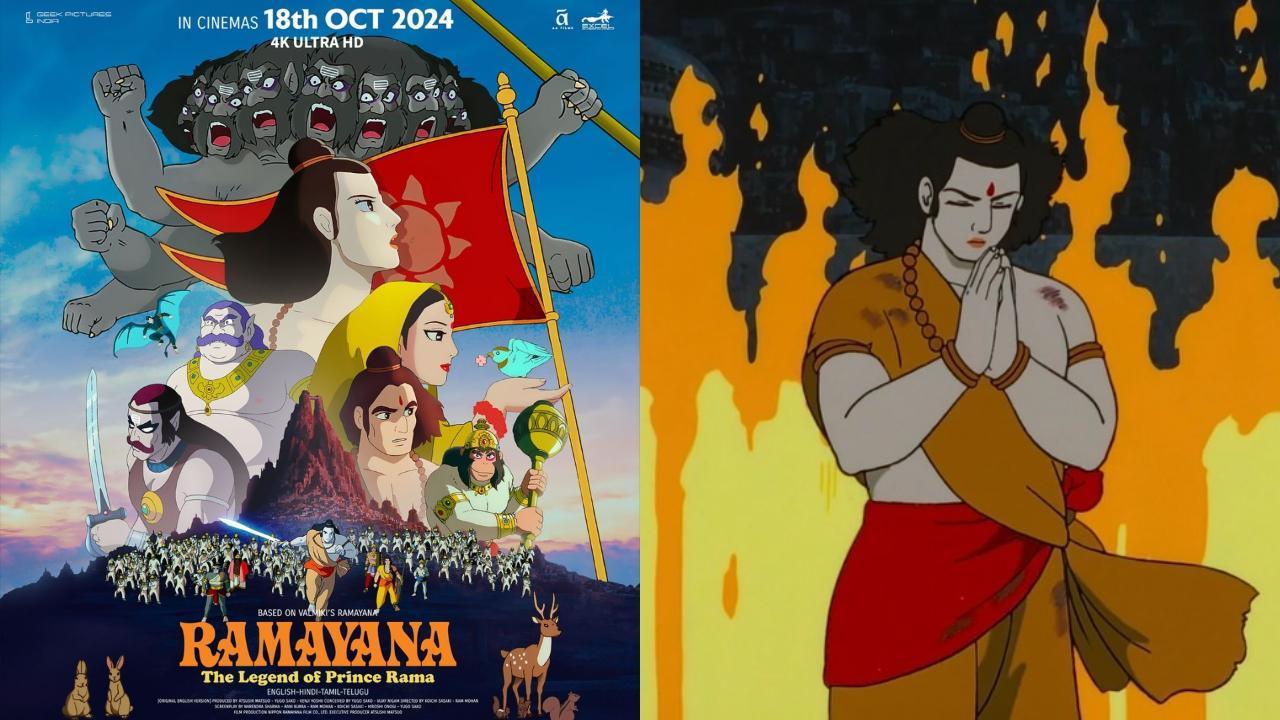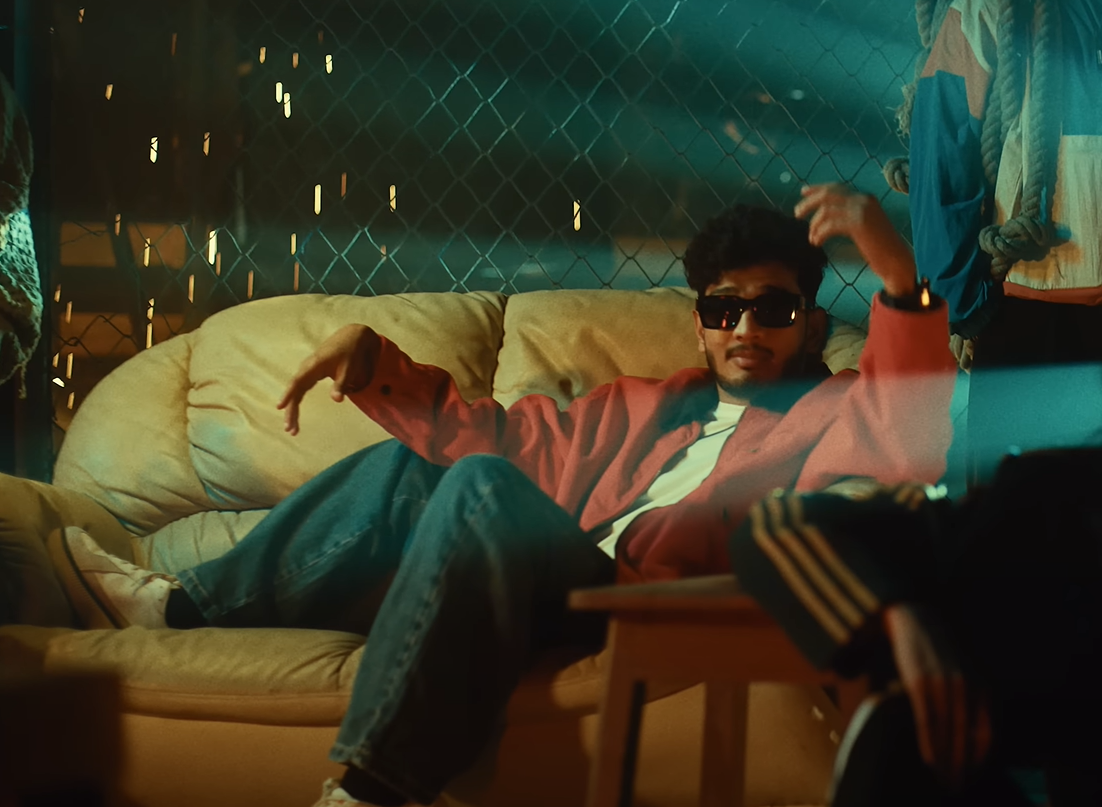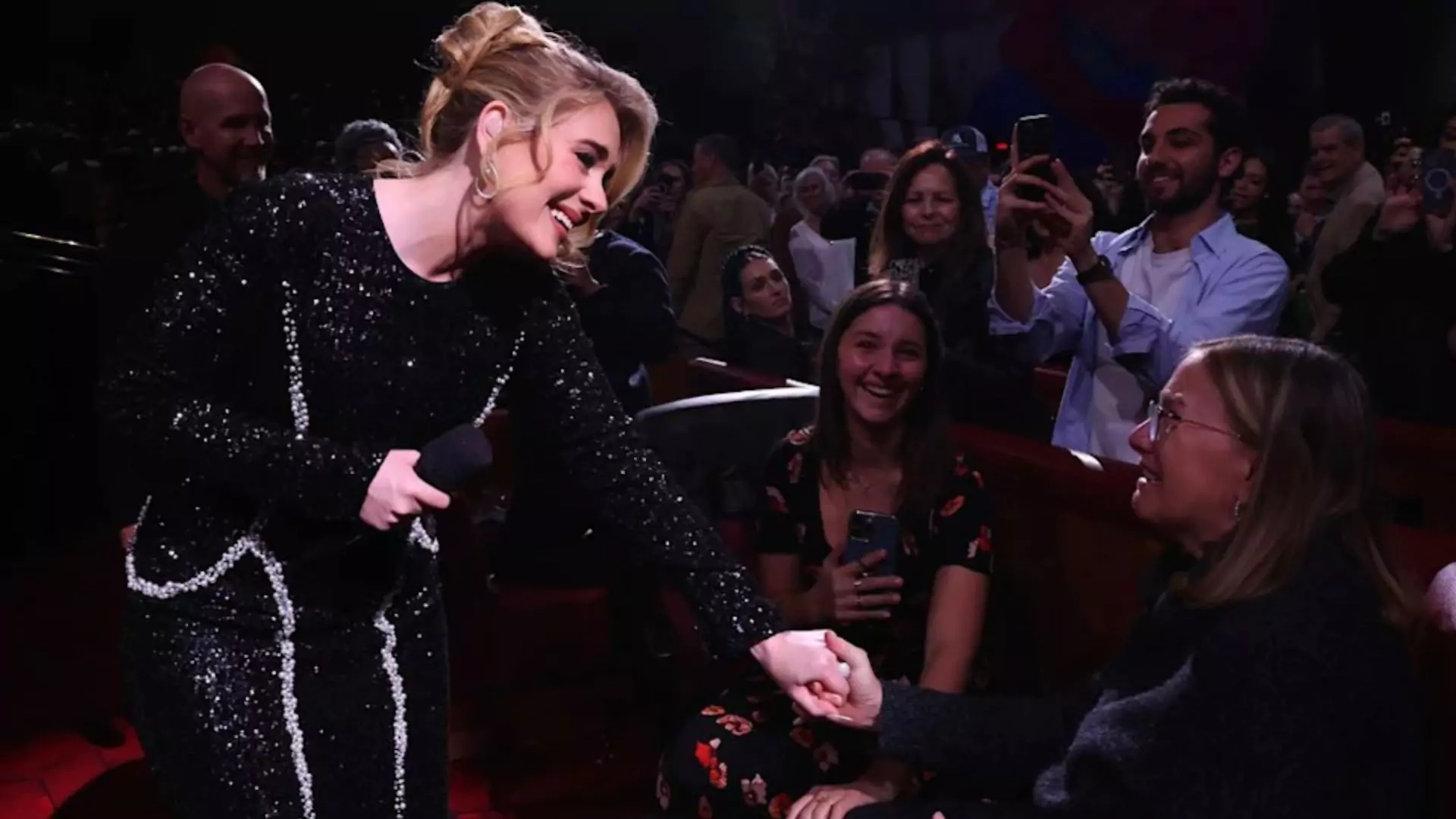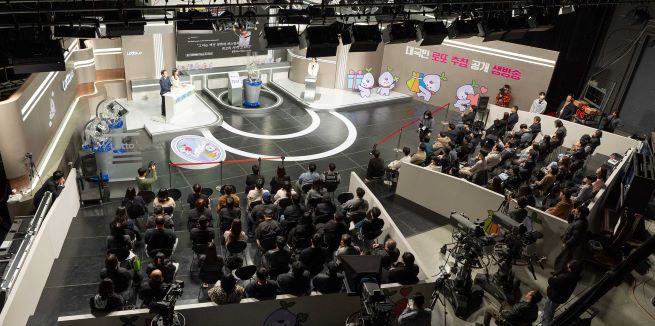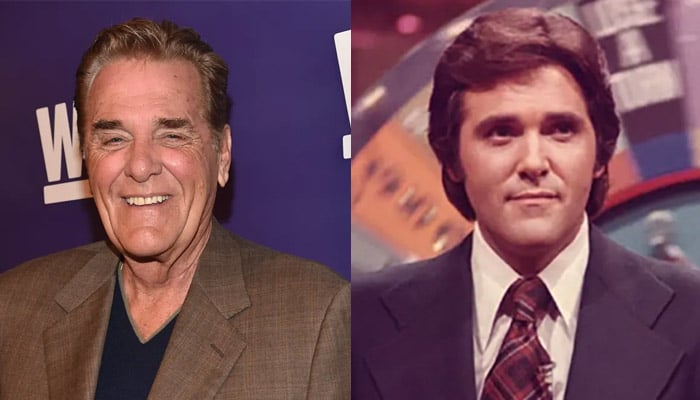'Ramayana: The Legend of Prince Rama', conceived by Yugo Sako and directed by Koichi Sasaki and Ram Mohan, is recognised as one of the earliest anime adaptations of an Indian epic. Completed in 1993, this remarkable film revolutionised the animation landscape by introducing Indian mythology to global audiences through the lens of Japanese anime, marking a significant milestone in animation history and fostering cultural ties between India and Japan. It also depicted Indian storytelling in a unique format, blending the artistic traditions of two countries in a way that had never been done before.
ADVERTISEMENT Making of Yugo Sako's Ramayana ’s journey of creating Ramayana was fueled by his deep admiration for Indian culture. He made several visits to India while working on a documentary film about archaeological excavations and found the perfect story in Ramayana to adapt into an animated feature, leading to the creation of 'Ramayana: The Legend of Prince Rama'. Sako saw the universal themes of love, friendship, and loyalty as the heart of the epic and believed that animation could help bring these values to children and adults across the world.
With a team of 450 artists, the film was animated using nearly 1,00,000 hand-drawn cells. Sako chose traditional hand-drawn animation over computer animation because he believed it best captured the warmth and humanity of the Ramayana. His team’s dedication to this labour-intensive process gave the film an emotional depth, helping .
